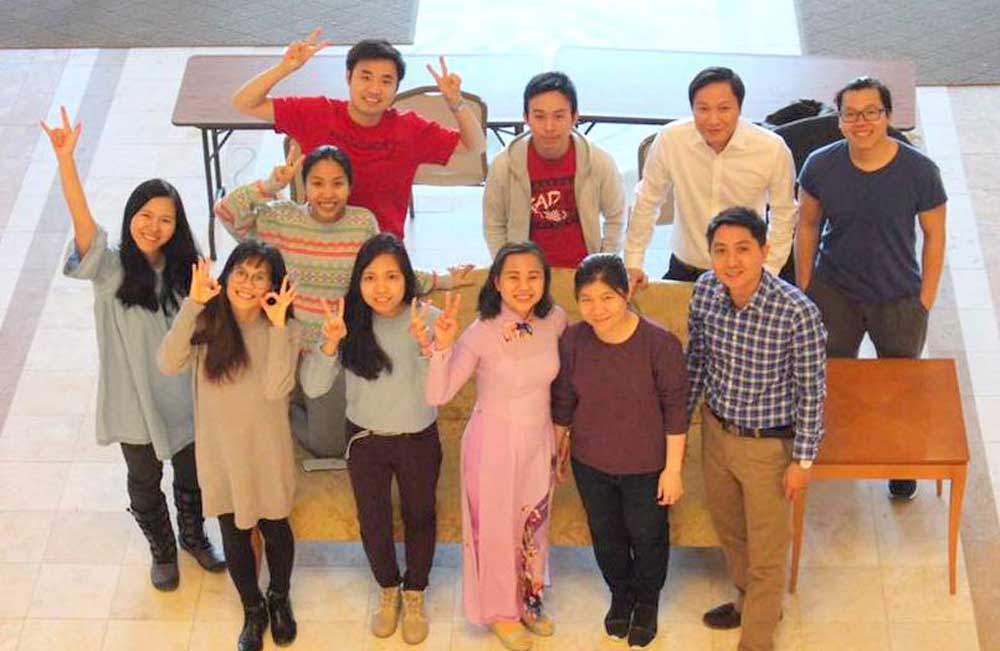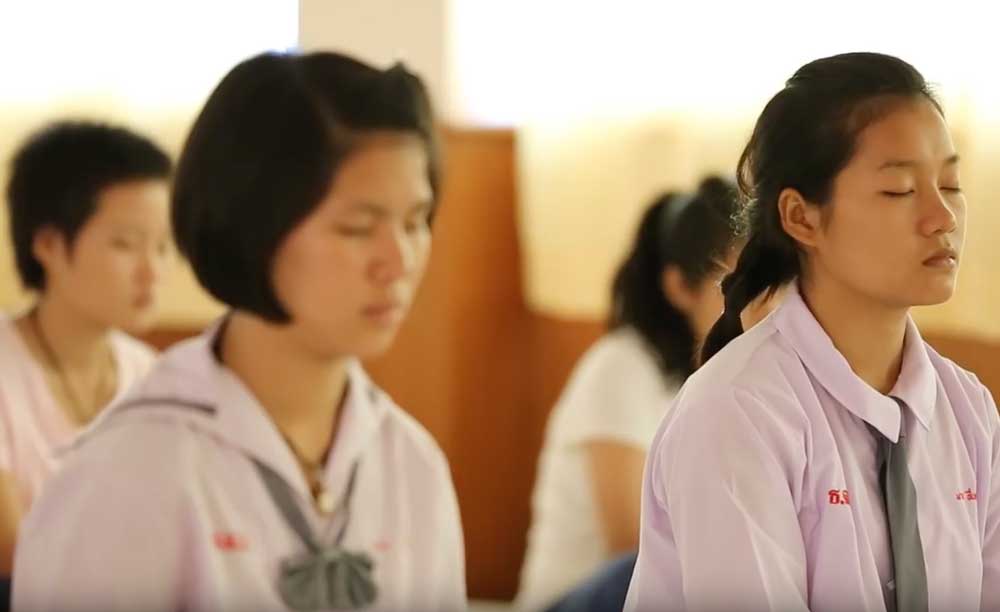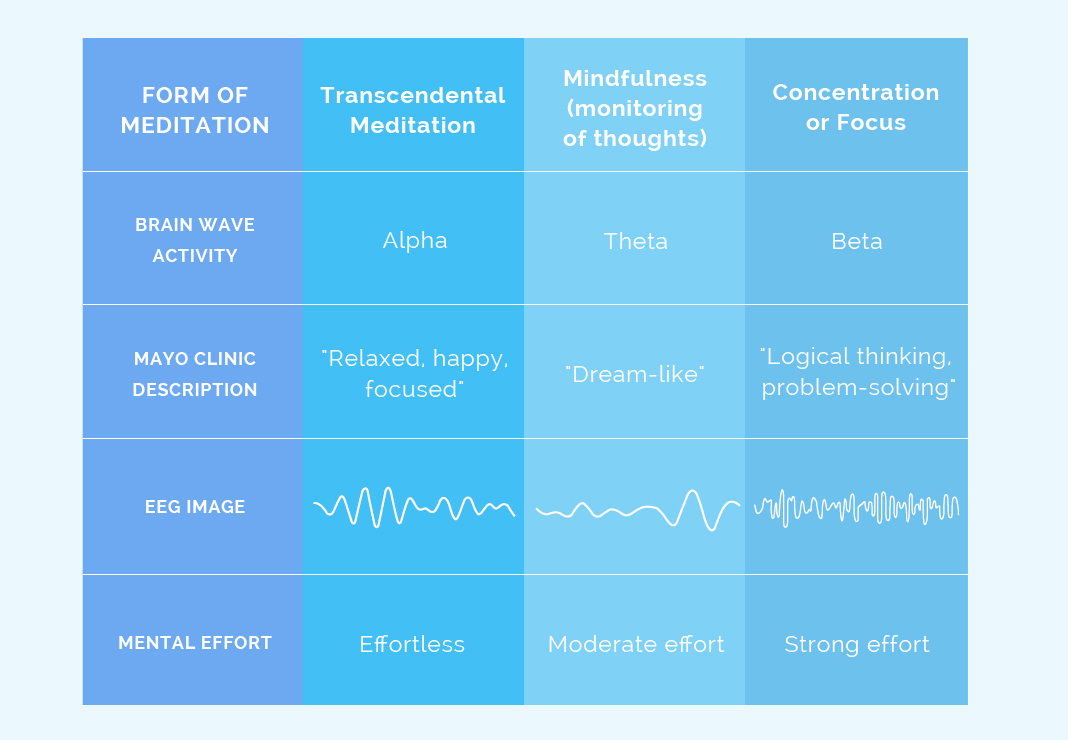TM is practiced 20 minutes each day while sitting comfortably with the eyes closed
FIVE UNIQUE FEATURES OF TM
1. Personalized Instruction2. Simple and Natural Technique
3. Scientifically Verified Results
4. Absolutely Effortless
5. Authentic

1. PERSONALIZED INSTRUCTION
Everyone learns at their own speed. Instruction in TM is carefully personalized for you by your certified teacher.
Initial private instruction is followed by group sessions to ensure you get maximum benefit from this easy, enjoyable technique.
2. SIMPLE AND NATURAL
The TM technique is natural and uses the innate nature of the mind. It is not a religion, philosophy, or lifestyle.
No belief or expectation is needed for it to be effective.

3. SCIENTIFICALLY VERIFIED RESULTS
Hundreds of published research studies on the TM technique have documented major benefits for stress and anxiety, brain function, cardiovascular health, and much more.
4. ABSOLUTELY EFFORTLESS
The TM technique is so easy and enjoyable that anyone can do it.
No concentrating.
No control of the mind.
No monitoring of thoughts (mindfulness).
No trying to "empty the mind".


5. AUTHENTIC & UNIVERSAL
The practice can only be taught by certified TM teachers in a course carefully personalized for each individual. The TM technique was founded by Maharishi Mahesh Yogi over 50 years ago, and has been learned by more than six million people.
COMPARING MEDITATION TECHNIQUES
Many meditation techniques are available today. Contrary to common belief there are distinct differences between techniques, such as the effort involved, their impact on the brain, and whether or not they result in verifiable benefits.
A study published in the journal Consciousness and Cognition identified the following three meditation categories, based on measured brain wave differences:
Meditation techniques and their impact on the brain
• CONCENTRATION or focus on object or emotion: meditations from the Tibetan Buddhist (compassion), Buddhist (Zen and Diamond Way), Chinese (Qigong) traditions. These pro- cedures give rise to beta/gamma activity in the brain—seen during any active cognitive processing or control of the mind.
• OPEN MONITORING being mindful of breath or thoughts: Buddhist (Mindfulness and ZaZen), Chinese (Qigong) Vedic (Sahaj Yoga and Kriya Yoga) traditions. During practice of these procedures, the brain displays theta activity — seen when reflecting on mental concepts.
• SELF-TRANSCENDING This category of techniques automatically going beyond their own activity includes Transcendental Meditation. TM produces frontal alpha 1 coherence, which characterizes the state of inner wakefulness. Higher coherence indicates the brain's prefrontal cortex, its "CEO" or "executive control center" is functioning in an integrated manner.
* Some practices of Vipassana may also be considered as concentration or focused attention.



Dr. Fred Travis, Director, Center for Brain, Consciousness, and Cognition, USA
"The EEG characteristics of self-transcending are the result of the effortless nature of the Transcendental Meditation technique. Brainwave patterns in the Transcendental Meditation® technique reach high levels of coherence and integration after just a few months."




